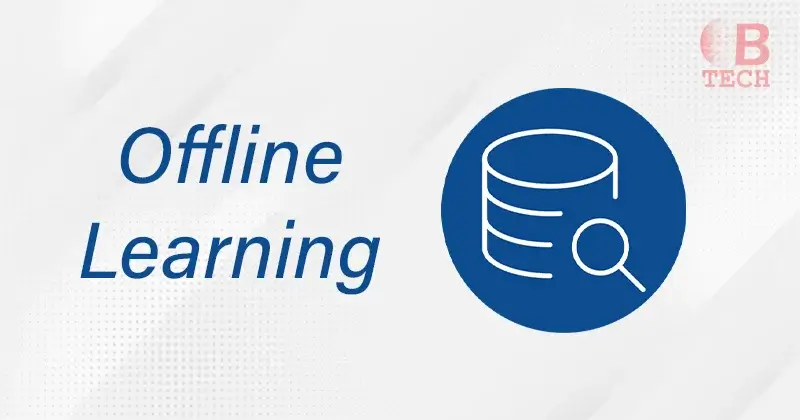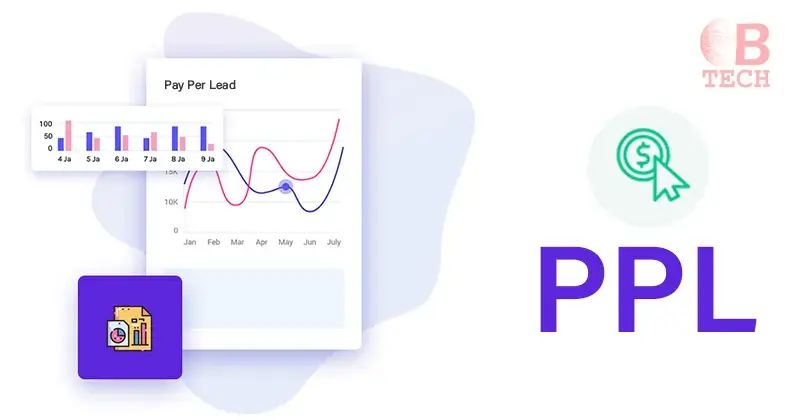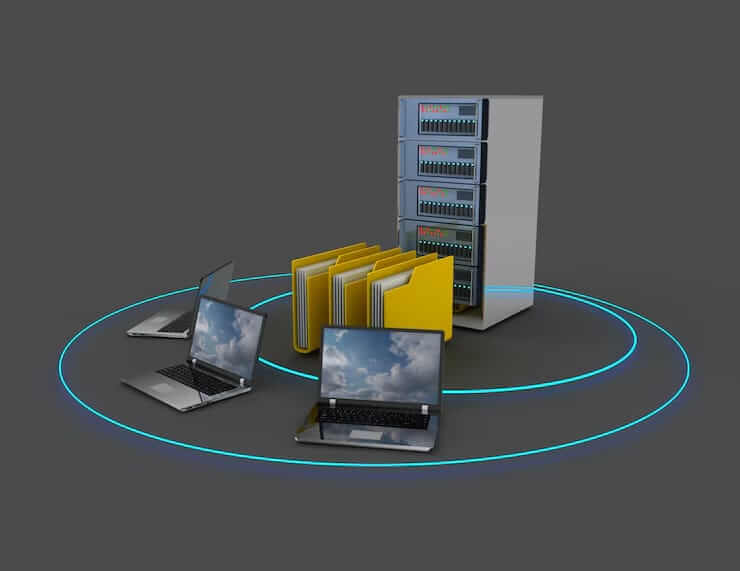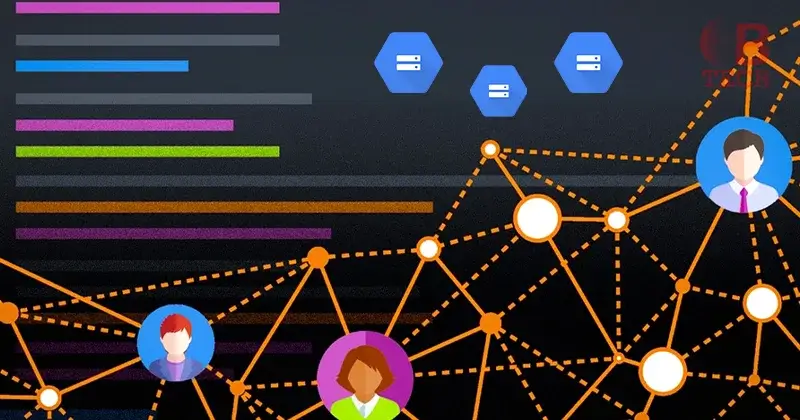What is meant by Offline Learning?
Offline learning in the realm of machine learning describes a scenario where the program isn’t actively receiving new information in real-time. Instead, it relies on a fixed set of input data. This stands in contrast to online learning, where the machine learning program operates in real time, processing incoming data.
Offline Learning Explained by Techbonafide
Techbonafide describes offline learning as a proactive form of learning that can progress by evaluating the static datasets it possesses. Without a constant flow of new information, both the program and its human operators can assess the outcomes of the training set and apply them in future operations. Some experts label offline learning as eager learning, indicating that the system actively makes decisions, unlike lazy learning where the machine learning program’s actions may be event-driven.
Robotics Control Applications
In robotics control, robots can learn by creating a table filled with values, akin to programming by demonstration. This method involves a human teacher filling the table with values either as a direct numerical control policy or as an indirect objective function provided in advance.
Offline learning operates in batch mode, where the task is first demonstrated and stored in the table, and then reproduced by the robot. However, this process can be slow and inefficient due to the delay between behavior demonstration and skill replay.
For example, let’s say a robot needs to learn a wall-following task, and its internal table is empty. Before the robot can replicate the task, a human operator must teach the behavior by controlling the robot through teleoperation. This process, known as offline learning, allows the human operator to utilize the robot as a pointing device for driving along the wall.



